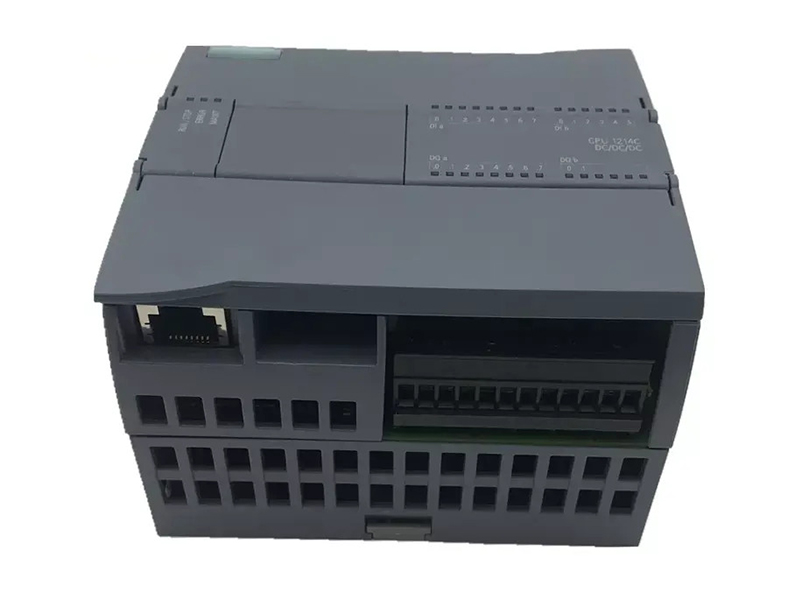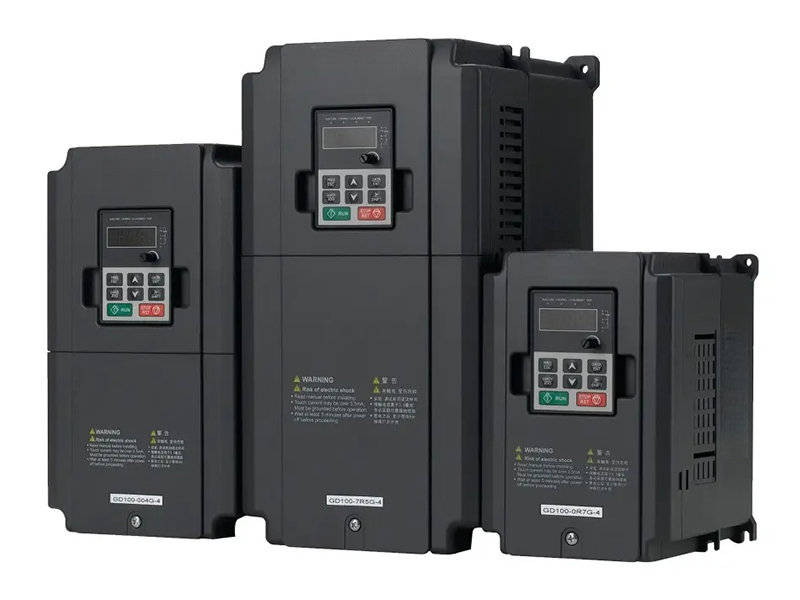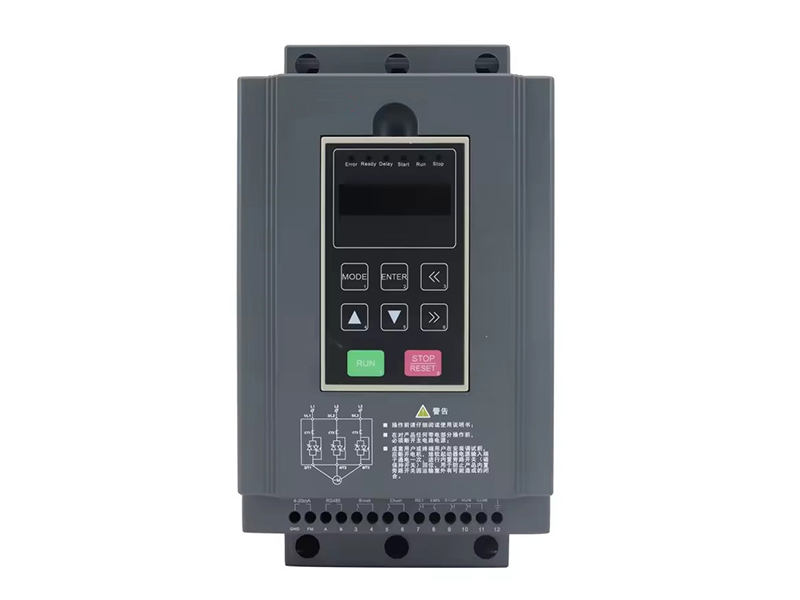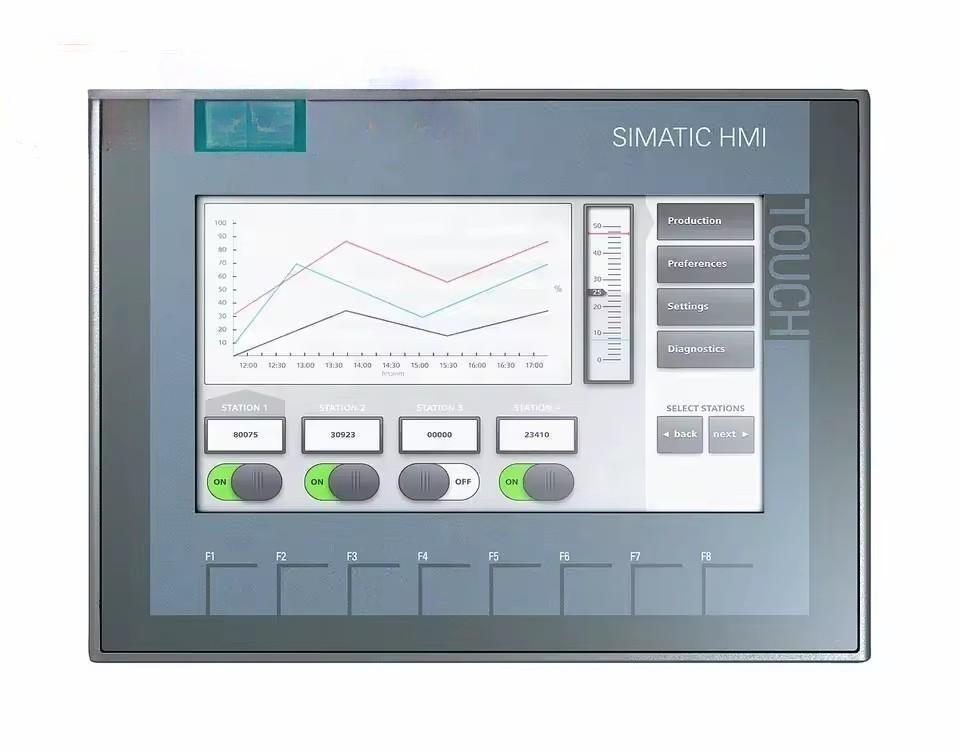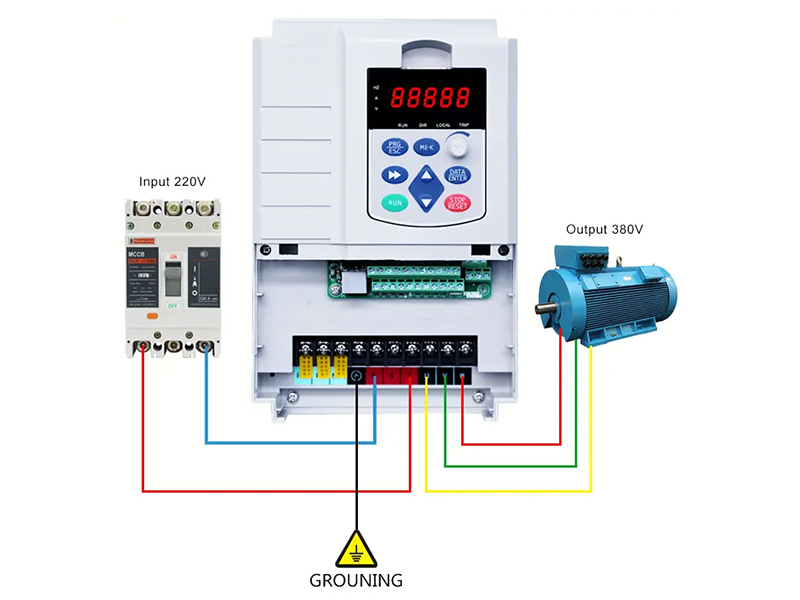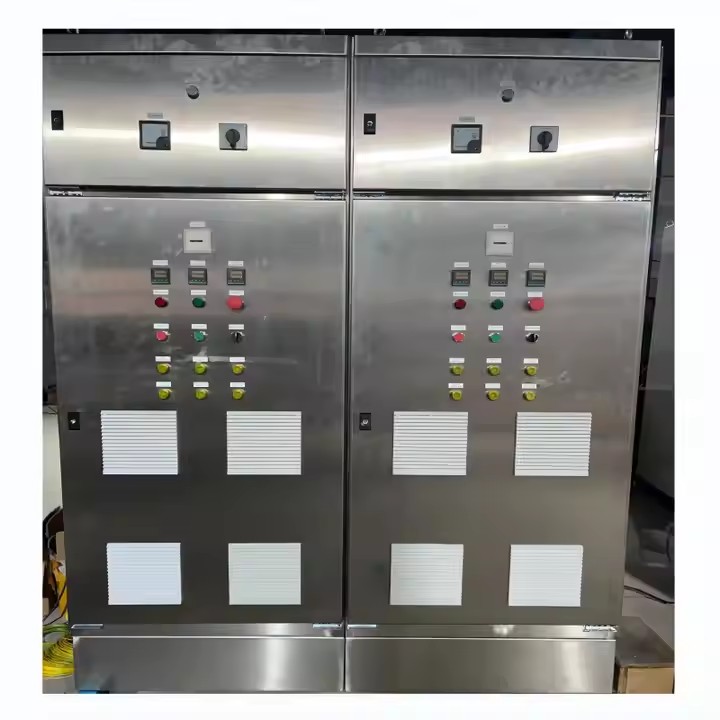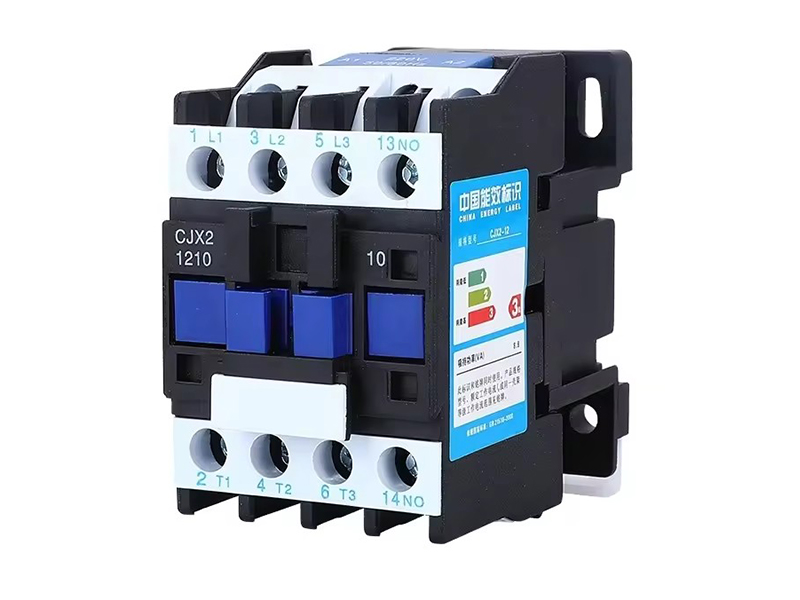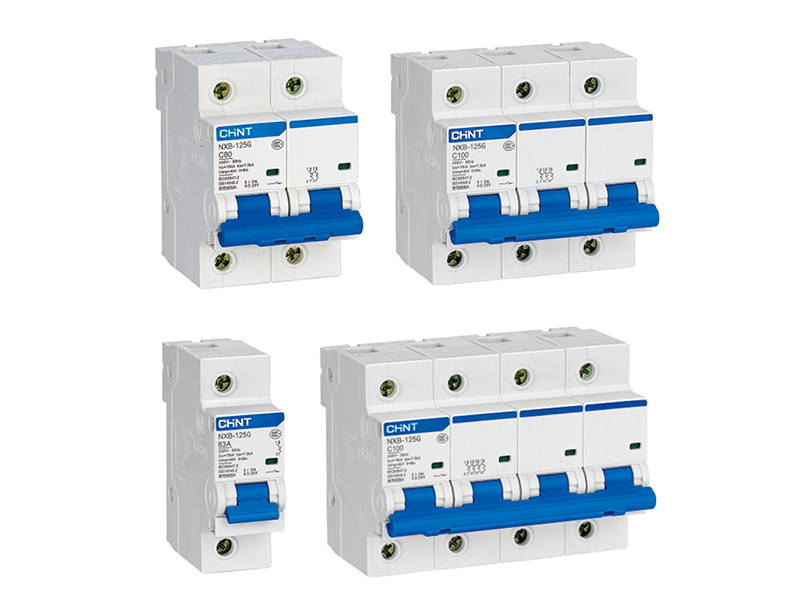
PLC (Programmable Logic Controller) is a digital computer used for automation of industrial processes. It is rugged, reliable, and easy to program, making it an excellent choice for a wide range of industrial applications. Here are some common applications where PLC is used:
1. Sequencing and Logic Control: PLC is excellent at handling sequential logic and control. They can control the order of operations in industrial processes, such as assembly lines or machine tools.
2. Motion Control: PLC can control precise movements of machines and equipment, including linear and rotary motion. They can synchronize the movement of multiple axes and machines to ensure precise positioning and repeatability.
3. Process Control: PLC is used in process control applications, such as chemical reactions, pulp and paper manufacturing, and oil and gas processing. They can monitor and control variables such as temperature, pressure, flow, and level in industrial processes.
4. Robotics: PLC is used in industrial robotics to control the motion, positioning, and coordination of robotic arms, grippers, and other robotic devices. They provide reliable and precise control for repetitive or complex tasks.
5. Monitoring and Data Acquisition: PLC can monitor equipment and collect data from sensors and input devices. They can track and record operational data, such as production yields, machine status, and energy consumption. This data can be used for process optimization, troubleshooting, and improving overall efficiency.
6. Safety and Security: PLC can integrate safety-related functions into industrial processes, such as emergency shutdowns, guarding against unauthorized access, and ensuring machine guarding. They can also be used for access control and surveillance systems.




